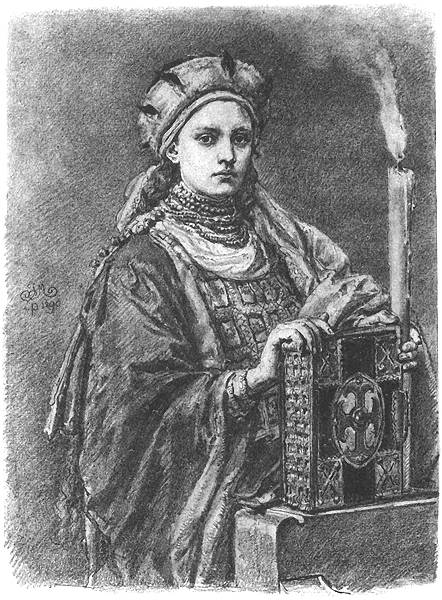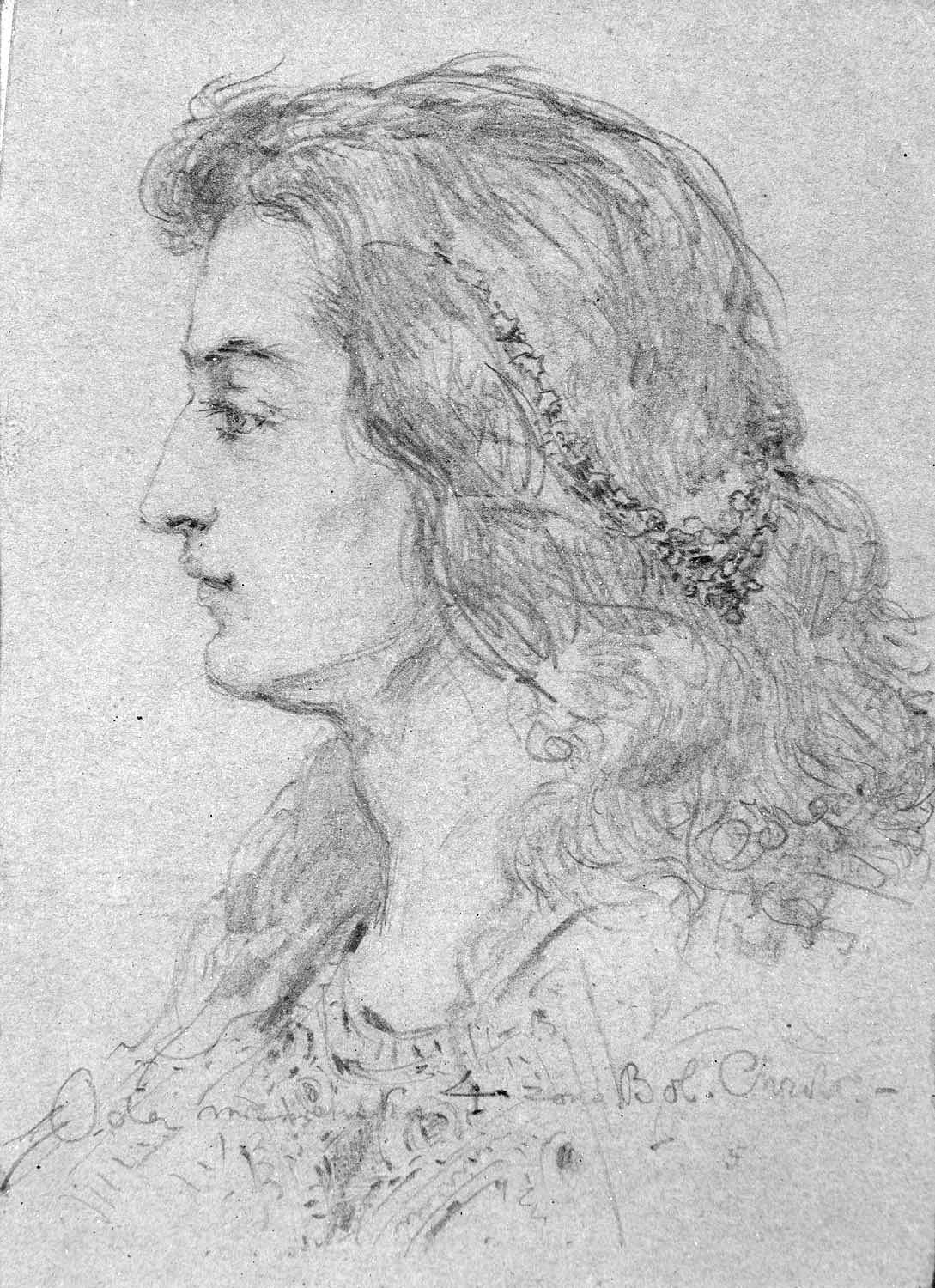|
Queen Consort Of Poland
The wives of the rulers of the Kingdom of Poland were duchesses or queens consort of Poland. Two women ruled Poland as queens regnant, but their husbands were kings ''jure uxoris''. Wives of early Polish monarchs Duchesses of the Polans Queens and High Duchesses of Poland Piast Dynasty (1) Přemyslid Dynasty Piast Dynasty (2) Angevin Dynasty Jagiellon Dynasty Royal consort of the Polish–Lithuanian Commonwealth * Elżbieta Szydłowska (1748–1810) was the lover of King Stanisław August. Some believe that she married the King of Poland in 1783, but their marriage was morganatic, so she wasn't Queen of Poland. However, there is no known reason for the marriage to have been morganatic, as Poniatowski's Pacta conventa required him to marry a Polish noblewoman, a requirement she satisfied, and there is no evidence that the marriage ever occurred. According to Wirydianna Fiszerowa, a contemporary who knew them both, the rumour only arose after th ... [...More Info...] [...Related Items...] OR: [Wikipedia] [Google] [Baidu] |
Kingdom Of Poland (other)
The Kingdom of Poland ( pl, Królestwo Polskie; Latin: ''Regnum Poloniae'') was a state in Central Europe. It may refer to: Historical political entities *Kingdom of Poland, a kingdom existing from 1025 to 1031 *Kingdom of Poland, a kingdom existing from 1076 to 1079 *Kingdom of Poland, a kingdom in Greater Poland existing from 1295 to 1296, under the rule of Przemysł II *Kingdom of Poland, a confederal kingdom existing from 1300 to 1320 * United Kingdom of Poland, a kingdom existing from 1320 to 1386 *Kingdom of Poland, a kingdom existing from 1386 to 1569 *Kingdom of Poland, a kingdom which from 1569 to 1795 was a member state of the Polish–Lithuanian Commonwealth See also * List of Polish monarchs Poland was ruled at various times either by dukes and princes (10th to 14th centuries) or by kings (11th to 18th centuries). During the latter period, a tradition of free election of monarchs made it a uniquely electable position in Europe (16t ... * General Confederation ... [...More Info...] [...Related Items...] OR: [Wikipedia] [Google] [Baidu] |
Rikdag, Margrave Of Meissen
Rikdag, also called Ricdag, Riddag, or Rihdag (died 985), was Margrave of Meissen from 979 until his death. In 982, he also acquired the marches of Merseburg and Zeitz. After the Great Slav Rising in 983, he temporarily reunited all of the southern '' marca Geronis'' under his command. His march included the territory of the Chutizi and Dolomici tribes. Life Rikdag possibly is a progenitor of the House of Wettin, the son of Volkmar I (d. before 961), a Saxon count in the Harzgau. He is mentioned as an agnatic relative of Theodoric I of Wettin, who was raised at the Meissen court, however, the exact circumstances of their family relationship are not known. Ricdag's daughter, Oda or Hunilda, married Boleslaus I the Brave, who later became the King of Poland. However, this marriage alliance was cut short by the interests of power politics. Rikdag was documented as a count in the Schwabengau region of Eastphalia. In 979 he followed Margrave Thietmar in the Margraviate o ... [...More Info...] [...Related Items...] OR: [Wikipedia] [Google] [Baidu] |
Richeza Of Lotharingia
Richeza of Lotharingia (also called ''Richenza'', ''Rixa'', ''Ryksa''; born about 995/1000 – 21 March 1063) was a member of the Ezzonen dynasty who became queen of Poland as the wife of Mieszko II Lambert. Her Polish marriage was arranged to strengthen the ties between Mieszko and her uncle Emperor Otto III. She returned to Germany following the deposition of her husband in 1031, either divorcing or separating from him. Upon the death of her brother Duke Otto II of Swabia and the consequent extinction of the male line of her family, Richeza became a nun, worked to preserve the Ezzonen heritage, and funded the restoration of the Abbey of Brauweiler. She has been beatified. Family and betrothal She was the eldest daughter of Count Palatine Ezzo of Lotharingia by his wife, Matilda, daughter of Emperor Otto II and Empress Theophanu. She could be even the eldest child of Ezzo and Matilda. Richeza's parents were married in 993, so she could have been born no earlier than 993 ... [...More Info...] [...Related Items...] OR: [Wikipedia] [Google] [Baidu] |
Bolesław I The Brave
Bolesław I the Brave ; cs, Boleslav Chrabrý; la, Boleslaus I rex Poloniae (17 June 1025), less often known as Bolesław the Great, was Duke of Poland from 992 to 1025, and the first King of Poland in 1025. He was also Duke of Bohemia between 1003 and 1004 as Boleslaus IV. A member of the ancient Piast dynasty, Bolesław was a capable monarch and a strong mediator in Central European affairs. He continued to proselytise Western Christianity among his subjects and raised Poland to the rank of a kingdom, thus becoming the first Polish ruler to hold the title of ''rex'', Latin for king. The son of Mieszko I of Poland by his first wife Dobrawa of Bohemia, Bolesław ruled Lesser Poland already during the final years of Mieszko's reign. When the country became divided in 992, he banished his father's last consort, Oda of Haldensleben, purged his half-brothers along with their adherents and successfully reunified Poland by 995. As a devout Christian, Bolesław supported t ... [...More Info...] [...Related Items...] OR: [Wikipedia] [Google] [Baidu] |
Gniezno Cathedral
The Royal Gniezno Cathedral (The Primatial Cathedral Basilica of the Assumption of the Blessed Virgin Mary and Shrine of St. Adalbert, pl, Bazylika Archikatedralna Wniebowzięcia Najświętszej Marii Panny i Sanktuarium św. Wojciecha) is a Brick Gothic cathedral located in the historical city of Gniezno that served as the coronation place for several Polish monarchs and as the seat of Polish church officials continuously for nearly 1000 years. Throughout its long and tragic history, the building stayed mostly intact, making it one of the oldest and most precious sacral monuments in Poland. The cathedral is known for its twelfth-century (ca. 1175), two-winged bronze doors decorated with scenes of martyrdom of St. Adalbert of Prague and a silver relic coffin of that saint. The coffin was made by Peter von der Rennen of pure silver in 1662 after the previous one, established in 1623 by King Sigismund III Vasa himself, was robbed by the Swedes in 1655, during the Swedish invas ... [...More Info...] [...Related Items...] OR: [Wikipedia] [Google] [Baidu] |
Royal Coronations In Poland
Coronations in Poland officially began in 1025 and continued until 1764, when the final king of an independent Poland, Stanisław August Poniatowski, was crowned at St. John's Cathedral in Warsaw. Most Polish coronations took place at the Wawel Cathedral in Kraków, but crownings also occurred in Poznań and at Gniezno Cathedral. Whenever practical, Polish coronations were conducted as close as possible as to the date of the previous sovereign's funeral. This was explained by Joachim Bielski in the sixteenth century as ''osoba umiera, korona nie umiera'', or "the person dies, the crown dies not". With the emergence of an independent, republican Poland after World War I, coronations in the Polish state have been rendered obsolete. Though many of the Polish Crown Jewels were stolen and destroyed by King Frederick William III of Prussia in March 1809 after the Third Partition of Poland, remaining pieces are exhibited at the Wawel Royal Castle National Art Collection and National ... [...More Info...] [...Related Items...] OR: [Wikipedia] [Google] [Baidu] |
Piast Dynasty
The House of Piast was the first historical ruling dynasty of Poland. The first documented Polish monarch was Duke Mieszko I (c. 930–992). The Piasts' royal rule in Poland ended in 1370 with the death of king Casimir III the Great. Branches of the Piast dynasty continued to rule in the Duchy of Masovia and in the Duchies of Silesia until the last male Silesian Piast died in 1675. The Piasts intermarried with several noble lines of Europe, and possessed numerous titles, some within the Holy Roman Empire. The Jagiellonian kings after John I Albert were also descended in the female line from Casimir III's daughter. Origin of the name The early dukes and kings of Poland are said to have regarded themselves as descendants of the semi-legendary Piast the Wheelwright (''Piast Kołodziej''), first mentioned in the '' Cronicae et gesta ducum sive principum Polonorum'' (Chronicles and deeds of the dukes or princes of the Poles), written c. 1113 by Gallus Anonymus. However, ... [...More Info...] [...Related Items...] OR: [Wikipedia] [Google] [Baidu] |
Eckard I, Margrave Of Meissen
Eckard I (''Ekkehard'';Rarely ''Ekkard'' or ''Eckhard''. Contemporary Latin variants to his name include ''Ekkihardus'', ''Eggihardus'', ''Eggihartus'', ''Heckihardus'', ''Egihhartus'', and ''Ekgihardus''. – 30 April 1002) was Margrave of Meissen from 985 until his death. He was the first margrave of the ''Ekkehardinger'' family that ruled over Meissen until the extinction of the line in 1046. Life Eckard was of noble east Thuringian stock, the eldest son of Margrave Gunther of Merseburg (d. 982). He followed his father into exile from 976 to 979 and took part in the 982 Battle of Stilo against the Emirate of Sicily, where Gunther was killed. Back in Germany, Eckard upon the death of Emperor Otto II in 983 supported his minor son King Otto III of Germany. At the '' Hoftag'' diet of Rohr in June 984, he together with Archbishop Willigis of Mainz and several German princes enforced the release of the four-year-old king by his rivaling cousin Duke Henry II of Bavaria. In 985 O ... [...More Info...] [...Related Items...] OR: [Wikipedia] [Google] [Baidu] |
Oda Of Meissen
Oda of Meissen, also named Ode, Old High German form for ''Uta'' or ''Ute'' ( pl, Oda Miśnieńska, german: Oda von Meißen; born c. 996 – died 31 October or 13 November after 1025), was a Saxon countess member of the Ekkehardiner dynasty. She married Piast Duke Bolesław I the Brave (who later became in the first King of Poland) as his fourth and last wife. The Ekkehardiner dynasty were under Otto III, Holy Roman Emperor, amongst the most influential princes of the Holy Roman Empire. After the Otto III's death, they tried to maintain their position as ruling Margraves of Meissen with his successor Henry II. To do this, they sought a close relationship with the neighboring Polish ruler Bolesław I the Brave, the most powerful friend and ally of the Holy Roman Empire. After the outbreak of the conflict between Henry II and Bolesław I from 1002, they only took part in the campaigns against the Polish ruler. When the Peace of Bautzen ended the conflict in 1018, Oda's marriage t ... [...More Info...] [...Related Items...] OR: [Wikipedia] [Google] [Baidu] |



